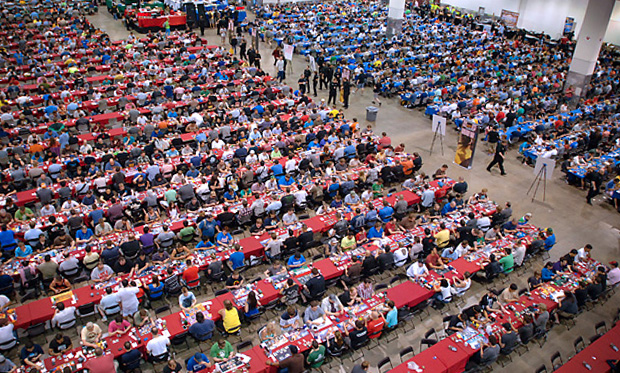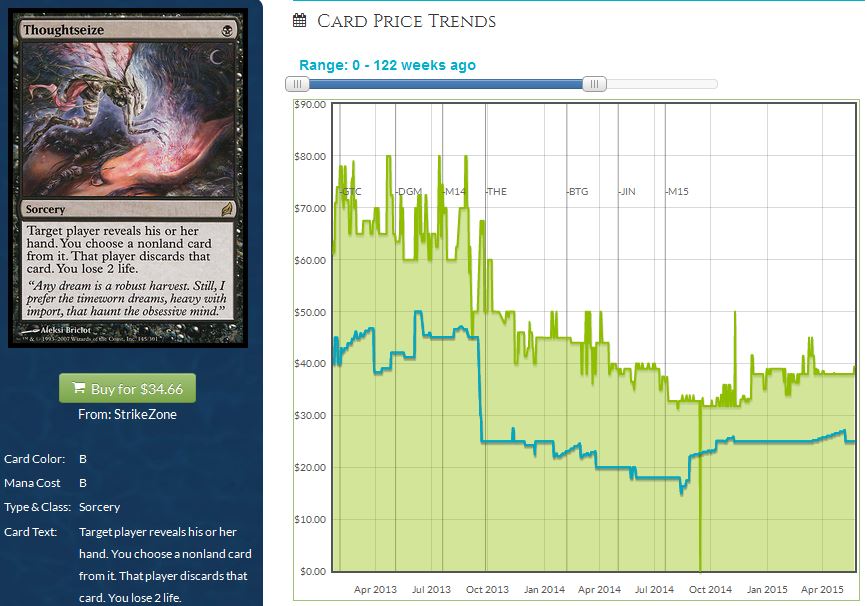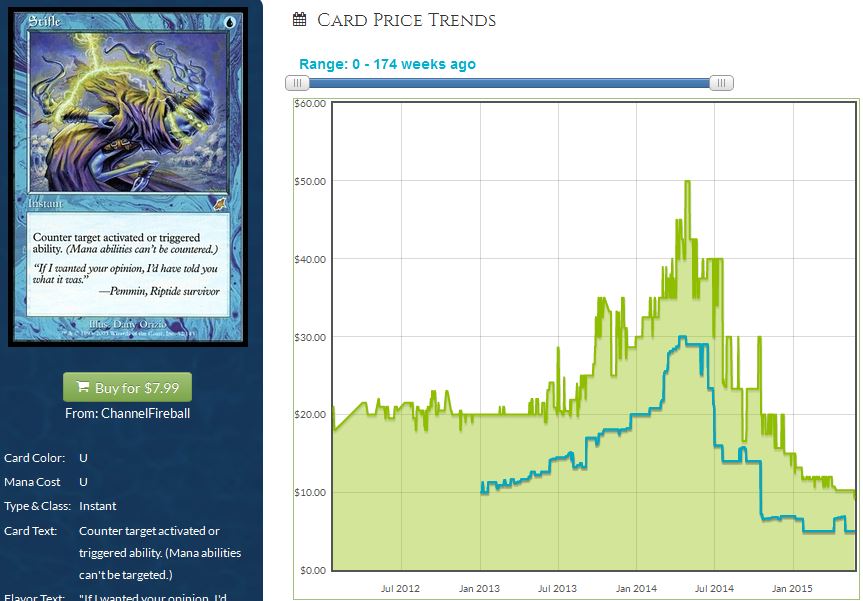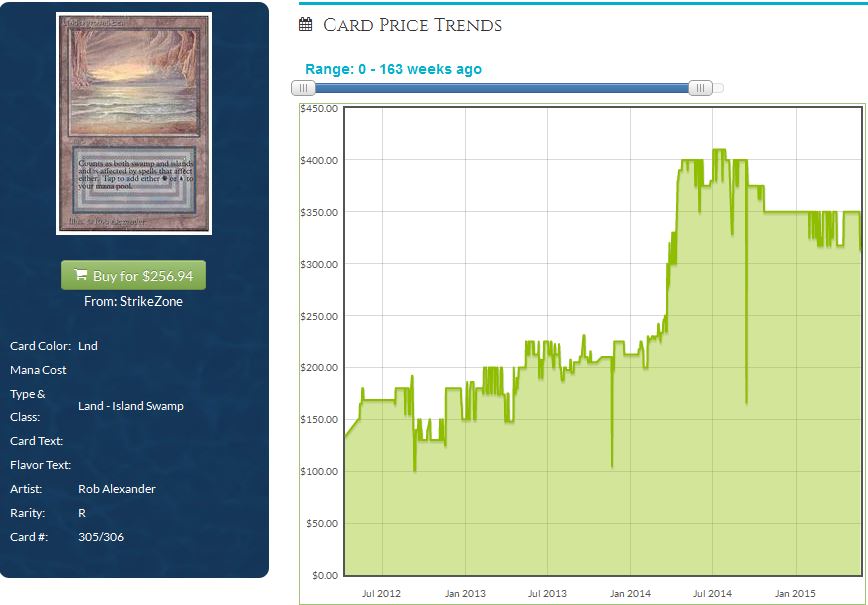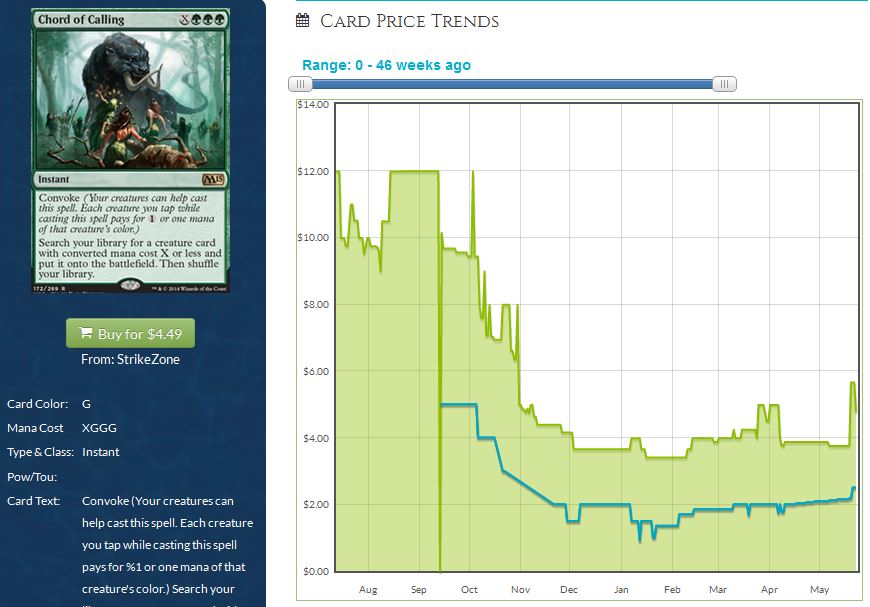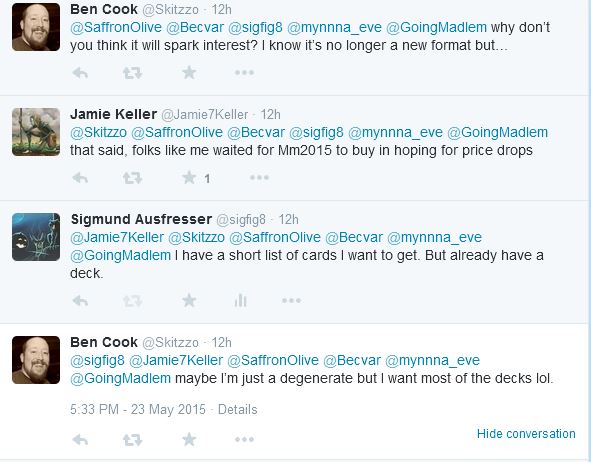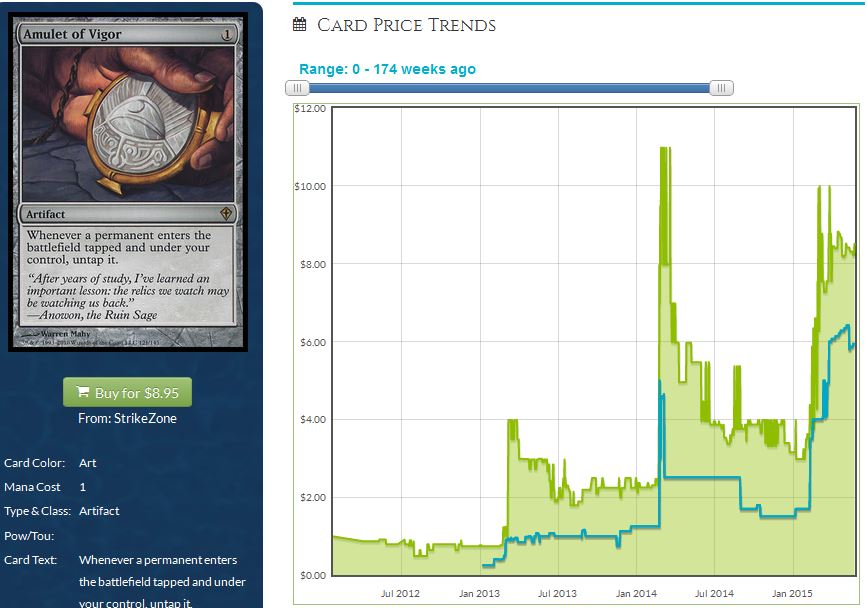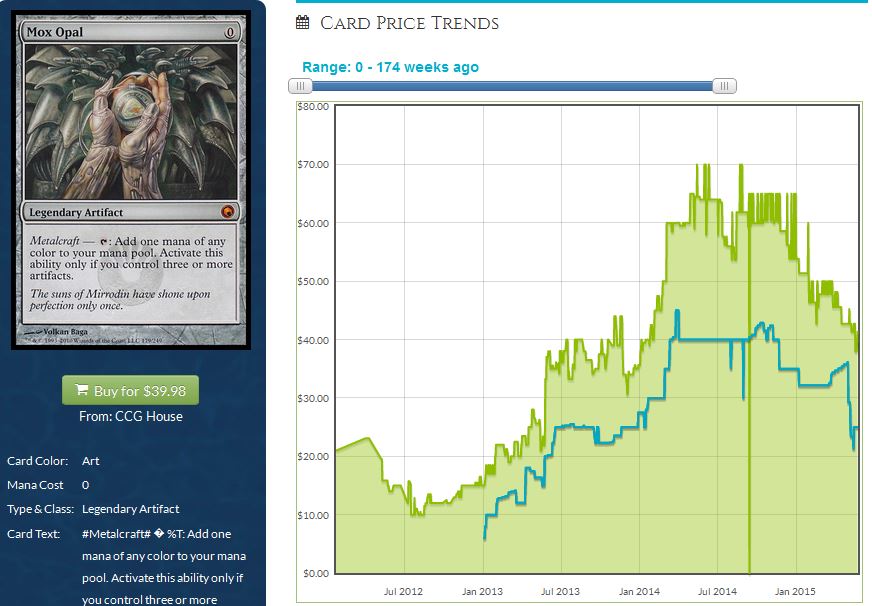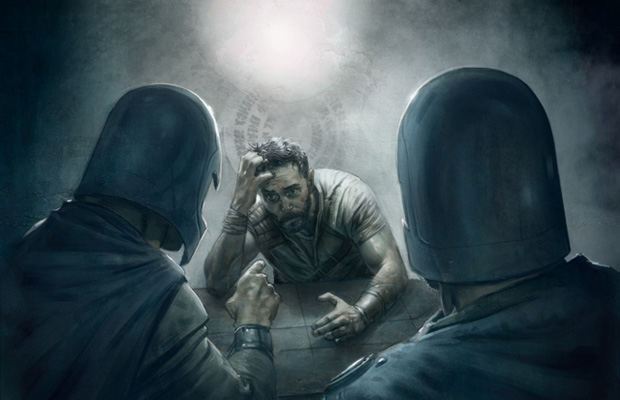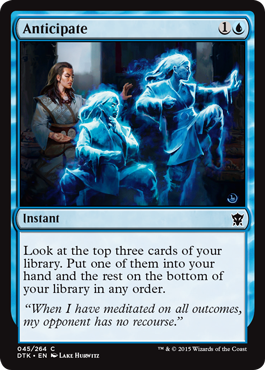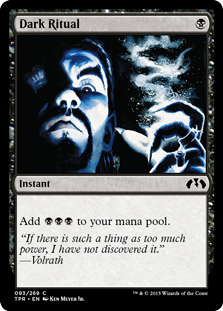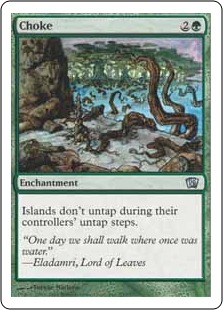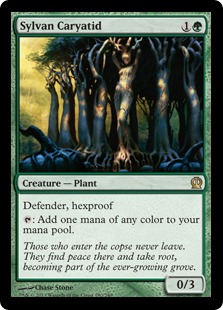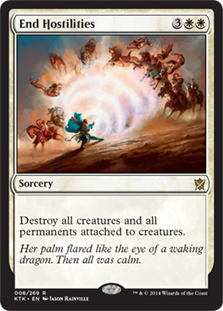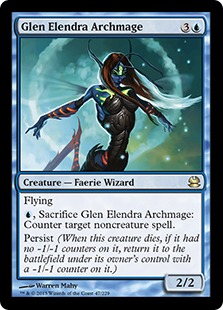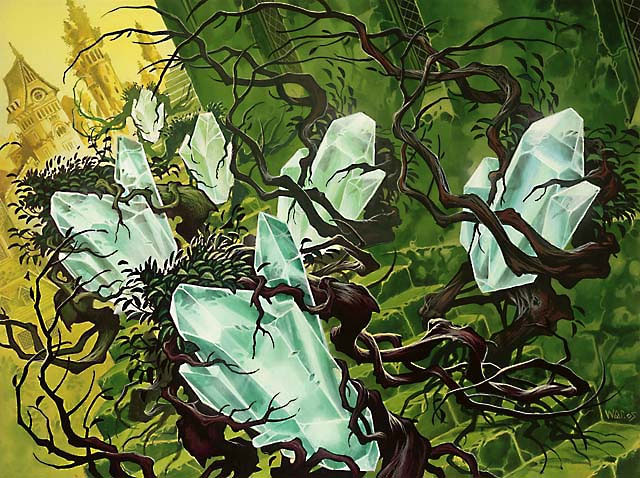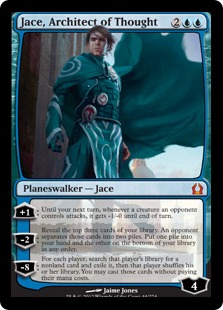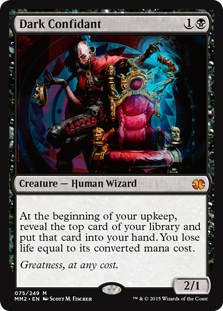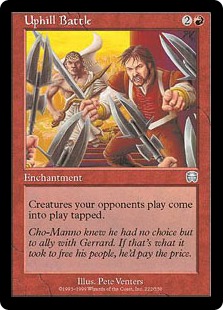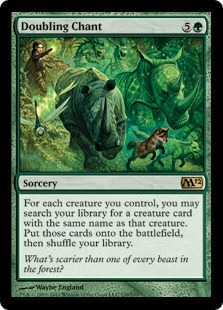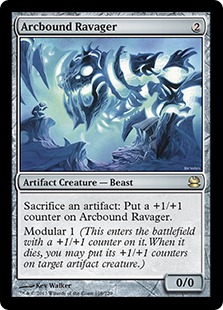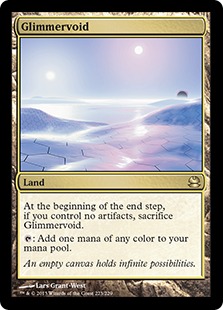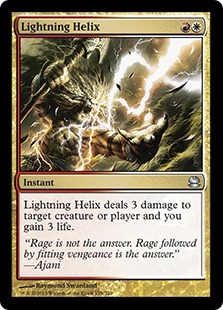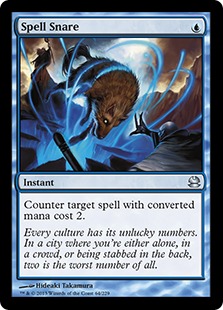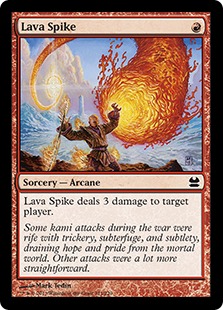By: Travis Allen
This weekend in Vegas was probably my favorite GP ever. I got to meet a ton of people that I had only known through computer screens prior. Not only did we meet, but because the event was so long, we had time to actually sit and talk. We spend so much time communicating and interfacing through digital mediums because it’s convenient and efficient, but there’s nothing that compares to actually pressing the flesh. It makes relationships concrete and lends them weight; no longer is it a series of characters prefixed by an @ sign, instead it’s a real person with real dimensions. We can know that academically, of course. Finally sitting down across from someone for a meal is still meaningful though. I was glad to have been a part of it.
Winning $200 at the craps table helped too.
For all the things I did at GP Vegas – the main event, two-headed giant side event, lunching with other #mtgfinance people, eating absurd tacos and drinking even more absurd beer, hitting the casino with entirely different #mtgfinance people, handing out free shirts to female Magic players, eating absurd tacos (again), railbirding as my friend played for (and lost against) LSV for what would have been his first Pro Tour invite, hanging out at the AEther Games booth, taking in a Cirque show, selling to vendors – there is one very specific thing I didn’t do. I did not trade. In fact, I didn’t even bring my trade binder. Even still, at no point during the packing process did I even ever think of bringing my trade binder.
Nine At a Time
Like many, I found myself drawn to this field right around the time Medina was writing. It was fortuitous timing. I had been playing casually for years, always micromanaging pennies and only rarely making big purchases like my $20 playset of Doubling Season (hah). With the release of Zendikar I finally started showing up to FNM, and as my engagement with the game grew, so too did my financial interests. I loved playing new decks every week, which required lots of new cards. Spending real money at a time when I was barely covering rent was out of the question, so grinding trades in store and through the MTGSalvation forums was key. It was roughly around this time that Medina had begun writing, and being that I was desperate to find out how to make my Magic buck go further, I soaked it all up.
Trading was what I did. I was that guy at our local store. (Which was a precarious position to hold, let me tell you. This particular store banned all trading. Yes, I know it’s absurd. Yes, it is somehow still in business. No, I don’t know how either. I was eventually banned.) I showed up every week, full of juicy nuggets of brain candy that nobody else in the room had. Always be trading up. Eek out value on every trade. Trade as much as possible, even if you don’t need the cards you’re receiving. Ship cards that are rotating early, snag up cards that will be pillars in the fall. How many Kargan Dragonlords did I grab at $5 on MTGS over the summer, down from $25, when they would inevitably be $15 again in October? There was so little finance-oriented content, I had barely anyone to compete with. Lessons that we all take for granted today were rare and valuable information back then. As the obvious ideas such as card advantage and mana curve are key components of competitive Magic today but were not twenty years ago, so too have strategies such as trading for format staples in the summer been.
I don’t recall exactly when things started to sour. Medina’s article about pack to power stands out in my head. Reading it was informative and interesting; a fun project he undertook. He wasn’t the first, I understand, but it was indisputably the most well-documented attempt. (It’s actually been done better outside of Magic, years ago.) Most people reading thought it was an interesting story – a seemingly impossible goal of turning a $1 card into something worth hundreds of dollars. I read it, thought it was nifty, and moved on. Others, however, had a different experience. “Hey, I can do that too!” they all thought. Seemingly overnight, every asshole at local stores and grand prixs was carrying two binders; their own personal collection and a pack-to-power binder. They were miserable to trade with, since they needed to jam trades as fast as possible, meaning the process was hurried, and you also knew they were trying to value trade you at all times, typically to an extreme degree.
Don’t get me wrong – I’ve done more than my fair share of value trading. But even when I do, I often don’t push too hard, since I don’t want to alienate the other person, and a large percentage of the time when I don’t do it at all. If the card I’m picking up is something I genuinely want, such as an EDH foil, rather than just a card I’m looking to flip, maybe a Tasigur, then I’m happy to make the trade even or in their favor.
With stores and GPs awash with pack-to-power grinders, the environment was noticeably more hostile. Plenty of pleasant trades were left to be had, but the seeds had been sown.
Back Into the Backpack
I’m not exactly sure of the exact chronological order of things after that. I know more finance content was showing up online. While I had been devouring anything I could get my hands on prior to that, I was starting to find that I couldn’t keep on top of it all. Smartphones were more and more present at trade tables. I didn’t hate them, as I understood that people didn’t want to get screwed, though I did resent what their presence meant. It meant that people were now caring enough to look up prices. People were thinking about how much cards were worth.
I need to be crystal clear here – it wasn’t that smartphones stopped me from screwing people. That was never my intention. Rather, it meant that much more attention was being paid to the dollars and cents by your regular store player. This was going to mean tougher trades, especially with those who had just enough knowledge to be dangerous. (This is still the case today. Educated players recognize that a few bucks on a $30+ trade doesn’t particularly matter, especially if one party needs the cards, and that matching pennies isn’t worth anyone’s time. Guys with an internet browser and no little more will ruin your day by haggling down to dimes.)
It was about two-ish years ago I started writing for MTGPrice, and it was roughly around then that I basically gave up trading at anything larger than a local store entirely. I may toss my binder in my bag if I’m driving to a GP, but it probably doesn’t leave the hotel room. I don’t remember the last time I pulled out my binder at a PTQ. I bring it to FNM all the time, but it only comes out of the bag when I need the last piece for my deck or I have a specific card someone is looking for. This is a far cry from back during Zendikar block, when I used to patrol the tables, shoving the binder in everyone’s face with the now-maligned cry of the grinder, “trades?”
I won’t not trade. I still enjoy the process of discovery, of chatting with people, of getting excited when you find something you’ve been searching for for months. I certainly dislike the juggling of phones though, as it brings an otherwise friendly and relaxed relationship into a place of either tense negotiation or watching someone scour your binder for a $.79 card. It’s not that I won’t do any of this anymore, it’s more that it just isn’t fun any longer. It’s not worth the time or the effort. With the expansion of financial content over the last three years, everyone has wisened up, and while it means less people are getting sharked by those with fewer scruples than I, it also means the entire atmosphere has become dramatically more parsimonious.
My relationship to Magic and the Magic market has changed quite dramatically over the last six years, as I’m sure yours has as well. There are considerably more people invested, both in mental capital and real capital, in the prices of cardboard. I’ve seen an evolution of actors into what I believe are three general archetypes of financier. Just as we have Johnny, Timmy, and Spike, we have Pat, Pam, and Sam. Or Sarah, Mark, and Addison. Or Keong, Li, and Deshaun. Or Jaydien, Mahalya, and Xylethia. I don’t know. Nobody is going to use these.
The Dealer
These are the guys that have actual storefronts, typically online only, though sometimes brick and mortar. The volume they churn is unreal compared to anyone else. While we’re sitting around fretting about the $200 we spent on Kuldotha Forgemasters, they’re spending tens of thousands of dollars every weekend buying Magic cards, only to resell them ten minutes later at the booth or through their web presence. (I have no actual numbers from anyone here, but by my estimation, I’d guess most dealer booths on the floor of Vegas spent between $100,000 and $250,000 buying over the last four days.) People in this camp include Kyle Lopez and Paul Feudo.
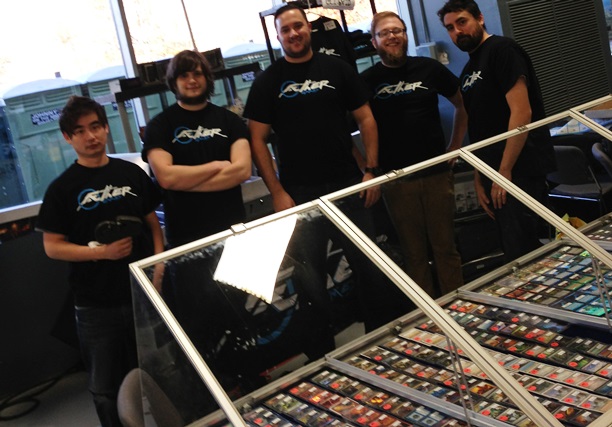
I admittedly don’t have a lot of interaction with these guys. I attend two, maybe three GPs a year. These guys are sometimes at nearly every American GP, or damn close to it. They tend not to spend a lot of time worrying about what may spike and what may plummet, because of the sheer numbers of cards they buy and sell. They’re also their own community, by virtue of the fact that they’re sharing floor space so often. I know barely two or three guys in this field, but I’m willing to bet they all know each other quite well. They don’t usually write and they tend not to be as active on social media. This is mostly because unlike the other financial demographics, this is a full time job. While my habits put me squarely in the “hobby” camp, dealers have turned this into a profession. There are benefits to that as well. If you’re successful in this field, it’s a real wage. Nobody else flipping Magic cards is making enough to support their family, but these guys are.
The Collection, Case, and Buylist Grinder
If you consider dealers to be the heavyweights of MTG finance, in terms of time invested, volume of inventory, and total profits, this group of individuals would be the middleweights. A lot of your #mtgfinance personalities fall squarely into this camp – three fourths of Brainstorm Brewery, for instance: Corbin Hosler, Jason Alt, and Ryan Bushard. Their engagement strategy is three-fold.

Collections are their primary method of card acquisition. Whether through Craigslist, Facebook postings, a local storefront, or something else, they find and buy lots of large personal collections. Most probably fall in the range of a few hundred dollars to a few thousand, though I’m sure some number pop up that reach into the $10,000 to $25,000 range. After acquiring a collection, they (and perhaps their employees) will sort through the tens of thousands of cards, pick out anything worth a damn, and move in one of two directions with it.
Keeping a case at a local store is one option for outing purchases. I didn’t know this at first, but it seems not all card stores really want to deal with singles, or if they do, only on a limited basis. This is especially true of stores that do more than just Magic. Guys like Corbin come in and will pay the shop for the right to maintain their own case in the store. Reimbursement is often some combination of monthly rent and percentage of sales. They stock the case with cards they picked up through collections, check back in every few days to keep it stocked and manage inventory, and let the counter jockeys deal with actually selling the cards to people. It’s an effective strategy for moving reasonable volumes of cards, particularly when there isn’t much competition around.
The third prong for this group is the buylist. When you’re buying the number of cards these guys are, selling them all individually, whether through a case in a physical store, or through a service such as TCGPlayer or eBay, it will quickly turn into a full-time job. I spend enough time each week managing my incredibly meager TCGPlayer sales; I can’t imagine wanting to do easily ten times that much while still trying to have a real job of some sort. Instead, a major percentage of their product goes off to buylists. I’d imagine the best cards to sell this way is the smaller product. A single $100 card doesn’t take up much room in your case and doesn’t take too long to package and ship when sold online, but $100 worth of Lightning Bolts is a lot more inconvenient to deal with in either of these fashions. So instead they out them to dealers, who are equipped in infrastructure and time to deal with that amount of individual sales.
As we see with individuals like the three mentioned above, it’s not uncommon for these types to keep public profiles and be available on social media. It’s usually in their best interest, really, since word of mouth is an excellent way to generate collection purchases. There’s plenty more individuals out there I haven’t listed either, and many are active on Twitter.
The Speculator
This is the camp that I most firmly fall into. I don’t want a full-time job buying and selling cards, so the life of the dealer does not appeal to me. I also don’t live in an area where I have access to the volume that the collection grinders have. Those positions tend to open up in towns where there’s not enough local store action to fully serve the community’s needs. Here in Buffalo there’s an oversaturation of stores, which means that it’s easy for any individual to wander into a building and sell their cards, and even if they do take to social media to sell it, there’s no shortage of potential buyers.
Instead, we speculators are relegated to armchair finance. Whereas I would consider dealers, collection flippers, and true binder grinders as a part of the larger Magic market, I’m inclined to say that speculators are more observers of the market. I’m not engaging with any real volume of individual buyers and sellers, nor am I churning through much inventory. Instead I watch to see what all the players out there are doing. What’s popular with Standard players? What’s trending up/down? What reprints are on the horizon? These are the questions this group is asking, and we’re making purchases and selling accordingly.
Speculating involves the least time and the least money. Our engagement is exactly however much we want it to be. Want to spend twenty hours a week scouring decklists, doing research, and making buys? Go for it. Want to watch with just a passing interest, only picking up a few extra playsets of something when everyone on the planet is telling you it’s underpriced? You can do that too. Whether you’re buying a card unbanned sixty seconds ago for the quick flip or sitting on Chromatic Lanterns for the two-year growth, your goal is to hoard piles of specific cards with the hope that they grow significantly in price. And because so many fewer cards pass through the hands of the average speculator, less money is made, and less consistently as well. Nobody is (reliably) paying their rent doing this. Rather they’re making enough to cover the cost of some other cards they’d like to buy for themselves, and maybe stashing some extra cash for whatever else.
Speculators, of the three groups, are typically the most active on Twitter. First of all, we’ve got more time available to us, because we don’t have to spend hours every day sorting through cards and sending things to buylists. Second, we are more in need of information than any other group. Dealers can dismiss single cards spiking because their inventory is so large that it’s mostly irrelevant. The guys working collections tend to be too busy with what they have in front of them to worry about whether they should be buying or selling Snapcasters right now, so the talking heads on social media don’t have a lot to offer. Speculators, on the other hand, need all the knowledge they can get. We live and die on knowing when to buy cards and when to sell them. Comparatively few cards pass through our hands, so it’s important to make sure the ones that do stand to make us the most money possible. Sharing insight openly and frequently is necessary to make informed decisions.
The rest of you
These three groups outlined above are specifically three subsets of Magic players at large. The millions of regular players who show up to FNMs and PTQs with the sole plan of playing are not meant to be captured in these three archetypes. People trading for the last two Collected Companys or Flooded Strands they need aren’t finance people in the way the above three demographics are.
One way to conceptualize these three groups is along an axis, on which one end is volume, and the other end is accuracy. Shotguns and sniper rifles. Dealers grind through hundreds of thousands of cards, with little attention paid to any one in particular. Speculators live on the other end, uninterested in handling bulk, preferring to zoom in on a small handful of cards and profit on those and those alone. Collection grinders live somewhere in the middle.
There’s plenty of overlap between these three groups to be sure. I’ve no doubt that some of the dealers and collection grinders speculate on cards when they see a rich opportunity, and I’ve bought more than a handful of collections myself. Rather they define general trends of actors, in the same way that a Spike can still have strong leanings towards good Timmy decks.
Ok, enough rambling for this week. I’ll be curious to see what the impression is of these three general archetypes, and if I’m the only one that’s gotten sick of trying to work the trade circuit.



